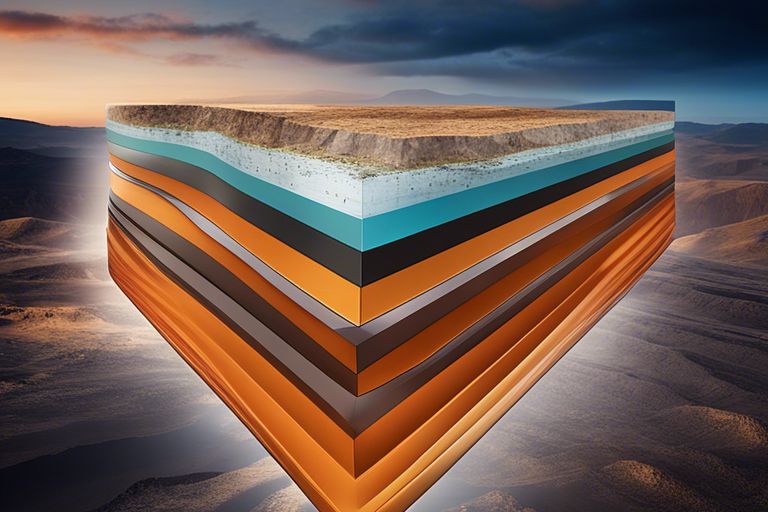With geologists constantly striving to understand the complexities of the Earth’s subsurface, the concept of rationalized formation tops plays a crucial role in their work. These carefully determined boundaries between rock layers serve as key markers for mapping geological formations and predicting potential oil and gas reservoirs. In this article, we probe into the significance of rationalized formation tops and explore why they are vital tools for geologists in their quest to unravel the mysteries hidden beneath our feet.
Definition and Concept
Formation Tops: A Geological Perspective
With geological formations varying in composition and structure, the identification of formation tops is crucial in understanding the subsurface layers. These tops mark the boundaries between different rock layers, aiding in stratigraphic correlation and reservoir characterization.
Rationalization: A Key Component
Any comprehensive geological study involves the rationalization of formation tops. This process includes adjusting for variations in well logs, seismic data, and other geological information to ensure consistent and accurate interpretations of subsurface formations.
The rationalization of formation tops is necessary not only for geological mapping and exploration but also for drilling operations and reservoir modeling. By aligning data from different sources and calibrating formation tops, geoscientists can create more reliable geological models and make informed decisions in the field of oil and gas exploration.
Importance in Geological Analysis
Enhancing Data Interpretation
Any geological analysis heavily relies on accurate data interpretation. Rationalized formation tops provide a standardized reference point for correlating and analyzing subsurface geological data. By utilizing these formation tops, geologists can ensure consistency in their interpretations and make more informed decisions.
Improving Predictive Models
For improving predictive models, rationalized formation tops play a crucial role in establishing reliable correlations between different wells and geological formations. This leads to more accurate mapping of subsurface structures and enhanced predictions of reservoir characteristics, aiding in the exploration and production of hydrocarbons.
For instance, by using rationalized formation tops, geologists can create more robust regional geological models that help in identifying potential drilling locations with higher success rates. This ultimately contributes to optimizing resource exploration and extraction strategies in the oil and gas industry.
Applications in Industry and Research
Hydrocarbon Exploration and Production
Some of the most critical applications of rationalized formation tops are in hydrocarbon exploration and production. To accurately locate and extract oil and gas reserves, geologists rely on formation tops to determine the depth, thickness, and extent of reservoirs. Rationalized formation tops play a crucial role in optimizing drilling operations and maximizing production efficiency.
Environmental Monitoring and Remediation
Production. Rationalized formation tops are also necessary in environmental monitoring and remediation efforts. By understanding the geological formations and structures below the surface, environmental scientists can assess the potential impact of contaminants, plan remediation strategies, and monitor the effectiveness of cleanup efforts. This information is vital for protecting ecosystems and public health.
Industry. In the oil and gas industry, rationalized formation tops are used to ensure drilling operations are conducted safely and efficiently. By accurately determining formation tops, companies can minimize the risk of accidents such as blowouts or well collapses. Additionally, in the field of research, rationalized formation tops help scientists better understand geological processes and make informed decisions about resource management and environmental conservation. Overall, rationalized formation tops are an indispensable tool in both industry and research, playing a key role in various applications related to geology and earth sciences.
Summing up
Understanding rationalized formation tops is crucial for accurately interpreting subsurface geology in industries such as oil exploration and geotechnical engineering. By defining key boundaries in rock formations, geologists can make informed decisions based on reliable data. Rationalized formation tops minimize ambiguity and provide a common reference point for professionals working in the field, ensuring consistency and precision in geological interpretations.

